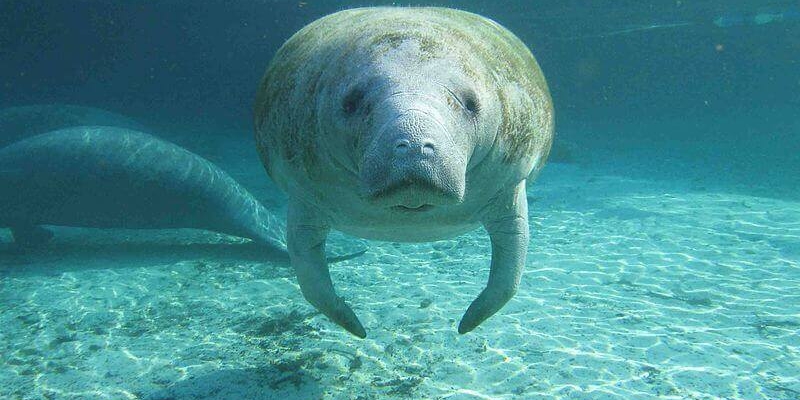Manatees are thought to have evolved from a wading, plant-eating animal called the Pezosiren. Male and female manatees are tough to distinguish. The docile manatee is apparently somewhat sluggish. If you’re interested in seeing a manatee, you would like to go during wintertime. Even in case you don’t find any manatees, it’s probable that you’ll observe some bottle-nosed dolphins. In some portions of the world, manatees continue to be hunted for food.
The manatee is connected to the elephant and hyrax. Manatees don’t have tusks. They have a tail that has a shape like a wide flat paddle. As with other manatees, Florida manatees have quite smallish eyes that are in full contrast to their large size. Manatees emit sounds underwater that are believed to be used in communicating with one another. They emit sounds that are within human auditory range. Manatees have a great awareness of hearing though they don’t have external ear lobes. Manatees breed just once annually and produce just a single calf every year. Therefore, if you find a manatee whilst swimming or snorkeling, attempt to maintain a respectable distance and just observe the way that it behaves naturally.
They feed on a broad range of aquatic vegetation. Manatees are called generalist herbivores. Manatees are opportunistic feeders and they’re most likely to consume up to 60 species of aquatic vegetation. Manatees don’t really need to go ready for the journey, since they find their food source on the way. They are also known as sea cows because they spend most of their time awake looking for sea grass. They can also ingest harmful debris. They spend most of their days eating, but they have to surface every few minutes. Don’t be worried if you find a manatee go under water and not arrive directly back to the surface. They are mammals, meaning to say that they must come to the surface to breathe.
Since manatees spend the majority of their time in shallow water close to the surface, they frequently encounter people on boats. When a manatee becomes hit by a boat propeller, in addition, it creates prop wounds which take the sort of a parallel collection of slash marks. Manatees in the shallow areas will move in the center of the channels should they hear boats.
Manatees don’t have any natural enemies. The manatees, however, keep coming. He or she has no known predators other than humans. It is projected that modern manatees have been in Florida’s waters for at least 1 million decades. They have no system of defense and are completely harmless. There’s nothing quite like swimming with manatees, creatures which are lovingly called sea cows. Similar to dolphins, they are quite capable of associative learning. They hang around in groups, so it is not uncommon to see hundreds of manatees swimming together in this region, especially in the blue springs of Crystal River.
Along the coast, manatees have a tendency to travel in water that’s 10-16 feet deep, and they’re rarely seen in areas more than 20 feet deep. Even in the off-season, there are normally manatees gathering close to the river’s springs. Manatees can’t tolerate cold water. They are gentle, extraordinary creatures and if you have never seen one you should plan a trip to Florida soon. Once they find their spot, they return to the same place year after year. It’s been documented that numerous manatees have preferred habitats they can return to frequently. Individual manatees often come back to the exact wintering areas year in, year out. Although Florida manatees are observed in the waters off Jacksonville all calendar year, their greatest concentrations are recorded during the summertime. They can be found throughout Florida for most of the year.








